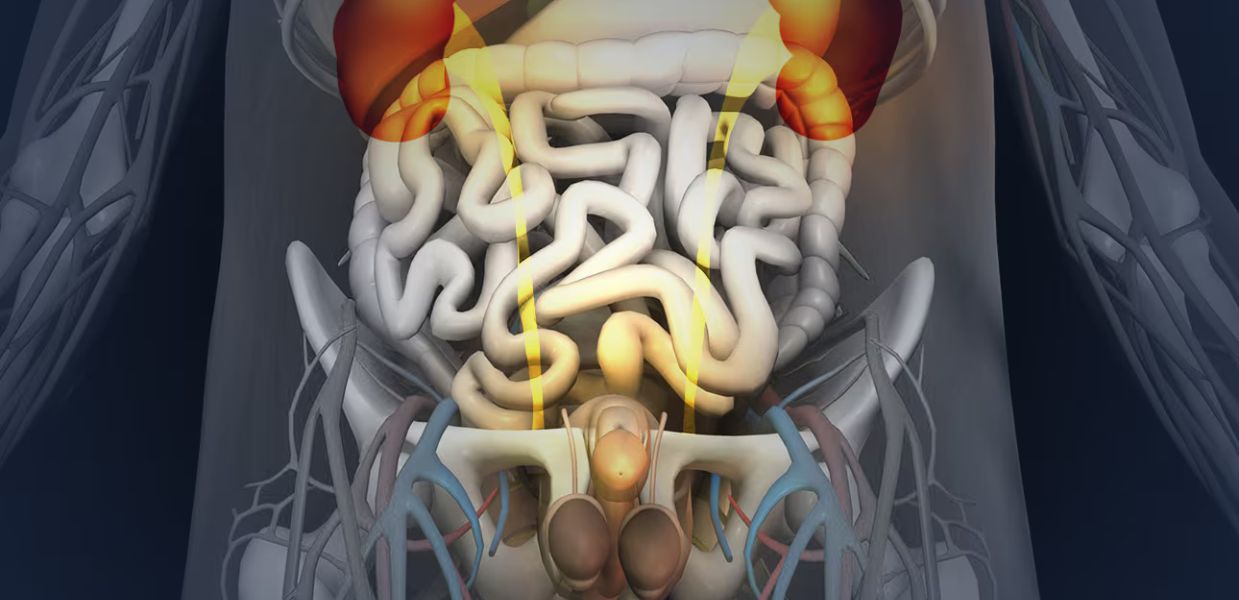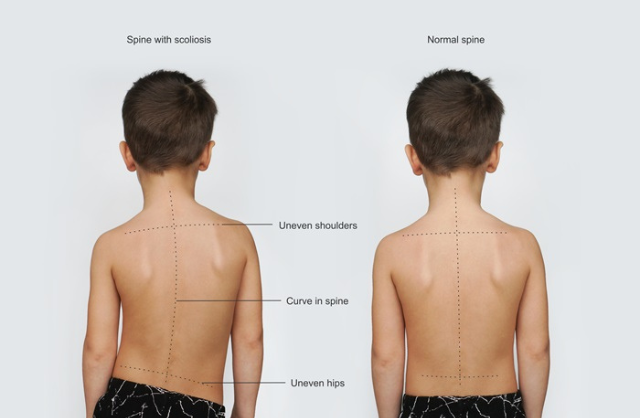- 22 May 2025
What must you know about Congenital Genito-Urinary abnormality?
Congenital abnormalities are defined as structural or functional anomalies that happen during intrauterine life (inside the uterus), also called birth defects. Congenital or innate conditions develop in the foetus and may be identified before or at birth, or later in life. Congenital Genito-Urinary anomalies (abnormalities) are birth defects involving the genital (or genitourinary system) as well as urological.
These abnormalities can be identified during the development in the womb or childhood while a great number of these can go unnoticed until signs develop in adulthood or adolescence. Congenital urogenital abnormality can cause kidney damage affecting urine flow and may lead to nephrotic syndrome (kidney disorder), acute kidney failure, or major kidney failure. Such kids require long term urologic care from childhood to adulthood.
Congenital Genito-Urinary abnormalities include:
Polycystic kidneys disease (PKD):
An inherited disorder in which a bunch of cysts develop in the kidneys due to which the kidney expands and loses its functionality. The cyst is round-shaped sacs containing water-like fluid and varies in size. In the case of PKD, the cyst in the kidney grows abnormally larger than they should be.
Symptoms: These may include high blood pressure, fatigue syndrome, pain in the back or side of the abdomen, headache, blood in urine and lumps in the abdomen or swollen abdomen. People with this disease usually do not notice until they turn between 30- to 50-year-old.
Complications: Common complications of Polycystic kidney disease include high blood pressure, kidney pain. Other complications may includekidney failure, kidney stones, cysts in pancreas & liver, infections in the urinary tract, brain aneurysm, problem-related to heart valves, colon problems and a pregnancy disorder called preeclampsia.
Treatments: If you have any of these symptoms, you must seek help from your help care provider or a doctor. You may take the following tests:
- Imaging test: like ultrasound, MRI scans or CT scans.
- Genetics tests: samples of your saliva or blood (it may take almost a month to get the result of the genetic test).
- There is no permanent treatment for this disease but, medication to control blood pressure, pain relievers, cyst removal can be of great help.
Hypospadias:
A condition in boys marked by abnormal opening of urethra, meas the opening of the penis is on the underside instead on the tip. It is a rare congenital disease and can be minor and some more severe.
Symptoms:Hypospadias is diagnosed soon after birth while infant is still in the hospital.common symptoms are a physical deformity of the penis i.e, the penis may curve down in boys, abnormality in urinating stream and sexual dysfunction in adults.
Complications: Problems in ejaculation, abnormality in urinating stream and it isn't directly related to infertility but adult male with severe hypospadias may suffer in transferring the sperms.
Treatments: Minor hypospadias doesn't require any treatment but if it's severe then it generally requires surgical correction and it takes place between the ages of 18 -20 months.
Bladder duplication anomalies:
It is an extremely rare condition, in which a baby is born with an extra or duplicative part of the urinary tract. In this condition, the baby can be born with an extra kidney, penis, bladder, ureter or urethra.
Symptoms: The symptoms may not be noticeable because the ureter drains within the body, however other signs are swelling or UTIs, general wetness in girls. These are diagnosed with Imaging testslike ultrasound, MRI scans or CT scans.
Complications: Sometimes the extra part may be harmless and non-functional but, in many cases, it interrupts with the general flow of urine or semen.
Treatment: Most of them do not require treatment but, if necessary, the surgeries may require are Nephrectomy ( kidney removal), Ureteroureterostomy (reimplantation of the ureter in the bladder) and Ureteral reimplantation ( fix the tubes that connect the bladder to the kidneys).
Epispadias:
It is a very rare congenital disease. In Epispadias, the urethra opens on top of the penis instead of the tip and in girls, the urethral opens towards the clitoris or even belly area. This is much more common in boys.
Symptoms: In most cases, epispadias is diagnosed at birth during the physical examination of the infant. In mild cases of epispadias, the condition can go unnoticed until parents notice urine leaks after potty training and other symptoms may include leakage of urine on sneezing or coughing.
Complications: This frequently causes involuntary leakage of urine on sneezing, laughing or coughing, a chordee (curve-shaped penis) is often seen in the male.
Treatment: This is done with the help of a few numbers of surgeries which are variable for boys and girls.
Kidney (renal) agenesis:
It is a rare condition in which a baby is born with a (one or both kidneys missing.
one kidney missing is termed as Unilateral renal agenesis), both the kidneys missing is termed as(bilateral renal agenesis).
Symptoms: Babies born with URA may have signs showing at their birth or can be diagnosed at birth in a physical exam of the newborn. The symptom may include high blood pressure, poor function of the kidneys, blood or protein in the blood, swollen face, legs or hands.
Complications: Most patients having URA do not have health issues, but many patients develop proteinuria (an excess amount of protein in urine), high blood pressure. Babies with BRA always have poor and fragile health and usually do not live long.
Treatment: Most newborns with URA have few limitations and live their further life normally but the life of babies having BRA are lethal and usually die in a short period after being born. However, a very few babies survive, and they have to go through long term dialysis ( a machine that filters and purifies the blood and a kidney transplant.
Pelvic ureteric junction obstruction (PUJ) Obstruction:
PUJ obstruction is marked by narrowing of ureter resulting in blockage of the flow of urine from the kidneys to the bladder.
Symptoms: These include urinary tract infection, chronic or acute back and flank pain, blood in urine, abdominal mass and vomiting.
Complication: It leads to deterioration in the function of the kidney, haematuria, poor growth in newborn, pain in the body, vomiting and nausea.
Treatment: Most of the patients with PUJ do not require any kind of treatment. However, if they are accompanied by chronic pain and major health issues then a surgery called open pyeloplasty is required.
Undescended testis (cryptorchidism):
A testicle that hasn't moved into the bag of skin (scrotum) below the penis before birth. Usually, one testicle is affected but there are few people with both the testicles affected.
Symptoms: Not seeing or feeling a testicle where it's expected to be in the scrotum is the major symptom of an undescended testicle.
Complication: Infertility is common in men having undescended testis and especially having both the testicles undescended testicular cancer and torsion are other complications of undescended testis.
Treatment: Orchiopexy is a surgery for cryptorchidism to move and fix the undescended testis to the scrotum, permanently.
Buried penis:
It is a condition in which the size of the penis is normal but covered by excess skin or fat surrounding the testicles.
Symptoms: The disturbing symptoms of a buried penis include urinary tract infection, having problems in urinating and experiencing pain during erection.
Complications: It leads to problems in urinating at any age, urinary tract infection or skin irritation, difficulty in getting an erection and other psychological problems like anxiety, depression and low self-esteem.
Treatments: Surgery is usually needed in the case of a buried penis.






